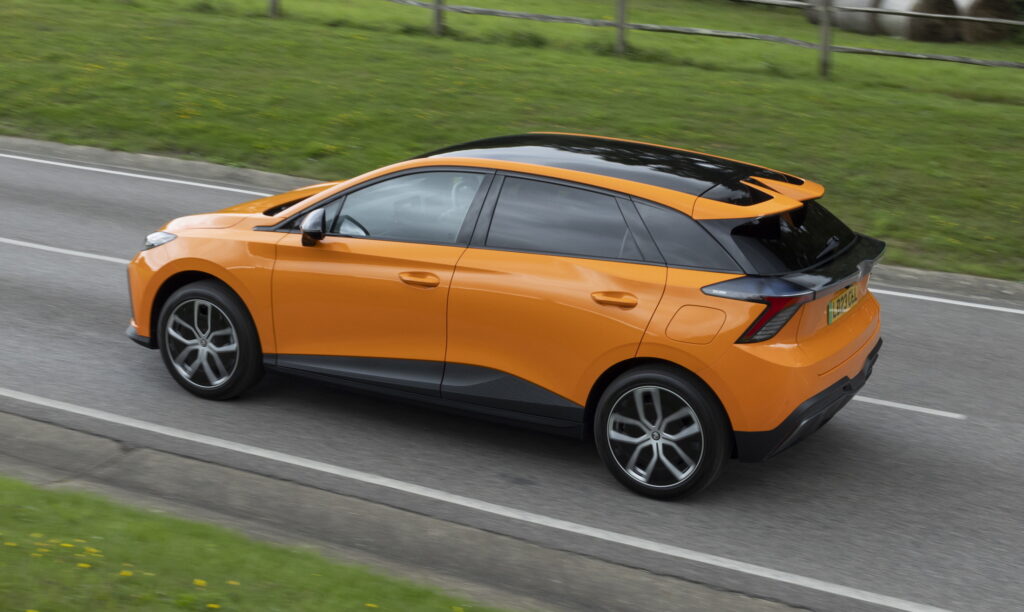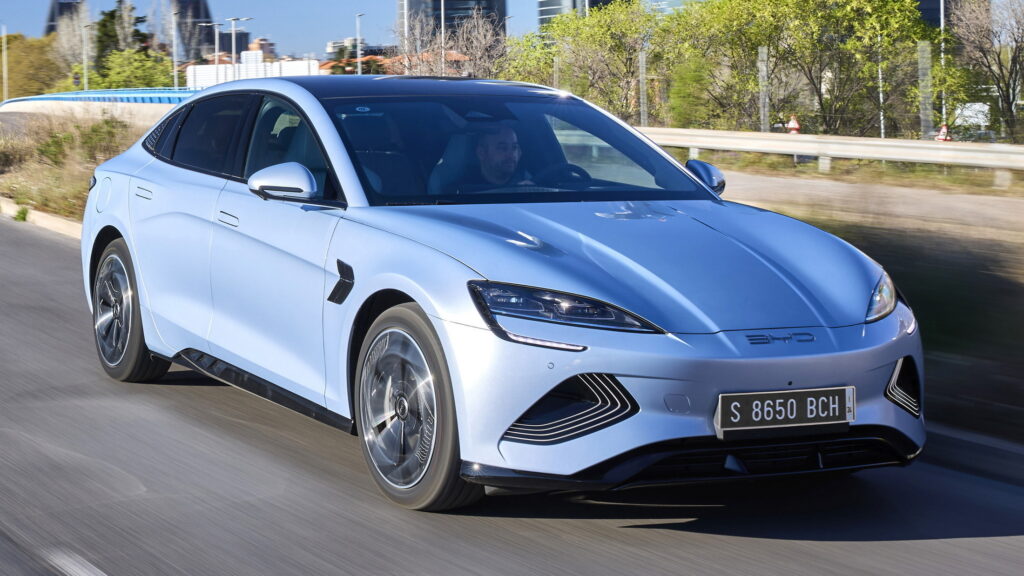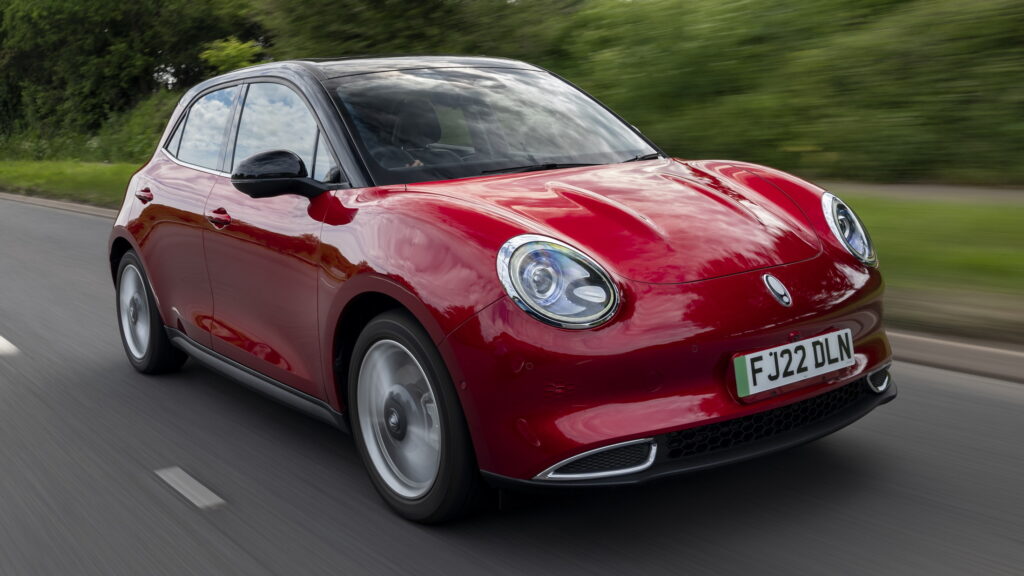It seems like only a few years ago that foreign automakers were dominating the Chinese auto market. But now domestic brands are increasingly taking over, and estimates suggest that 60 percent of electric vehicles sold globally this year will be from China. So why aren’t there any in America yet?
While it’s no surprise that global automotive markets are different from America’s, its lack of Chinese EVs has some consequences for consumers. Whereas U.S. buyers can pick from about 50 new electric vehicles, shoppers in Europe have about twice as many options, and those in China have nearly three times as many.
Moreover, in the U.S., nearly every EV has an air of premium character to it, and thus a high MSRP. In other markets cheap EVs, particularly those from China, are widely available, allowing more consumers to choose electric.
Read: How China Is Flooding The World With Cheap EVs — And Why Europe Wants To Stop It

The reasons that Americans can’t buy Chinese EVs yet are twofold, according to Bloomberg. First and foremost, former U.S. President Donald Trump’s 27.5 percent tariff on vehicles produced in the country remains in place. Even if they can produce a cheaper vehicle, that makes it much harder for Chinese brands to compete in the market. And although the tariff was passed under unusual circumstances, the Biden administration seems to have no interest in removing it, according to Mary Lovely, a senior fellow at the Peterson Institute.
“Trump put [the China tariff] on there honestly in a fit of pique, but it’s going to stay,” she said. “In Washington right now, they’ll go after anything that looks like it’s got a Chinese component.”
However, even if the tariffs were removed, it still wouldn’t be easy for Chinese automakers to break into the market. Although a number of Japanese, European, and Korean brands have managed it, it has been and continues to be difficult. According to Dave Andrea, a principal at consultancy Plante Moran, U.S. sales are a bit of a siren’s song: tempting but ultimately dangerous.
“It’s a big market, but not a growing market per se,” he told Bloomberg. “And you have to displace existing manufacturers, existing brand loyalty.”
For example, years after Japanese automakers established manufacturing plants in America that allowed them to circumvent the tariffs preventing them from selling pickups, the segment is still dominated by American manufacturers.
For Chinese brands, who are starting from scratch, breaking into the U.S. means building up brand consciousness, while also forming a retail network, and a repair network to service vehicles and back up warranties. That’s an expensive process whether or not you have the added burden of a 27.5 percent tariff, plus the disadvantage of not receiving tax breaks worth thousands of dollars. All of which means that entering the U.S. market would be an incredibly difficult and expensive task for any Chinese brand to manage under the current circumstances.









